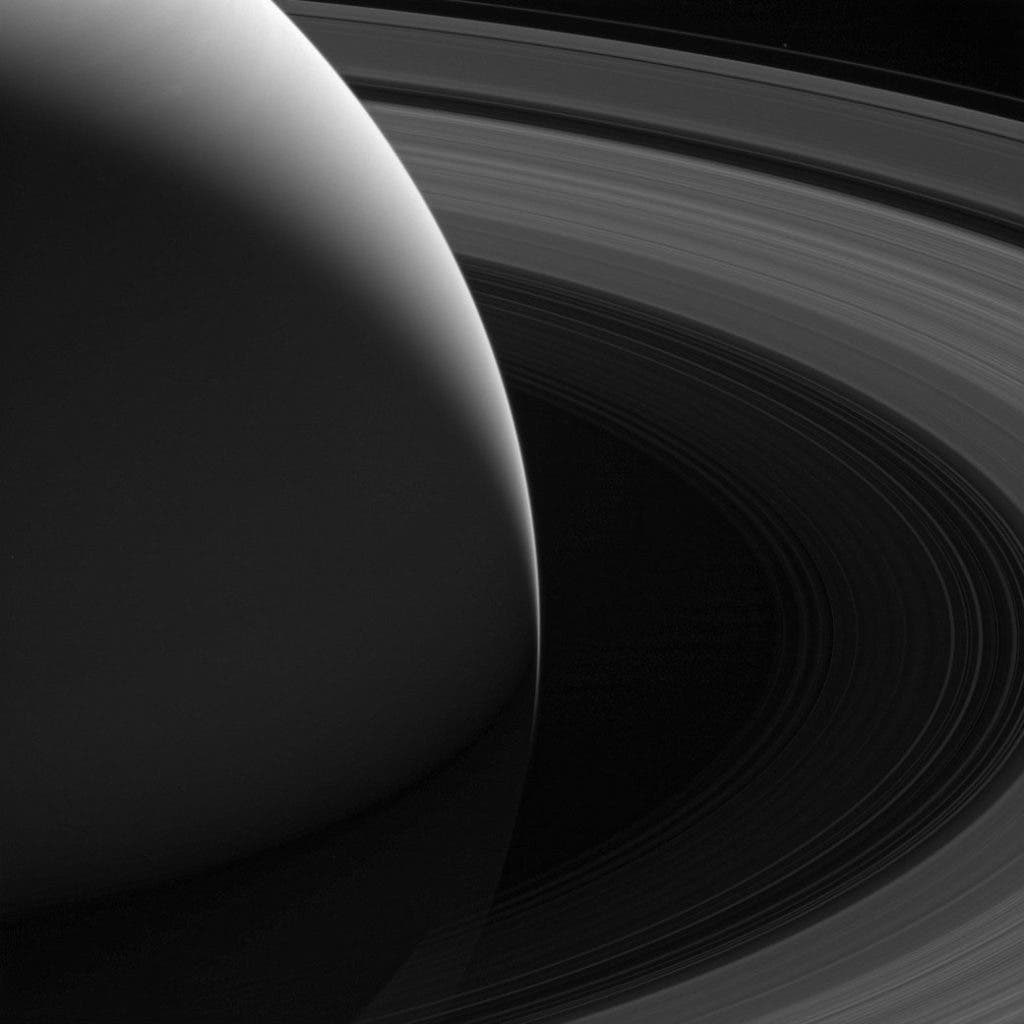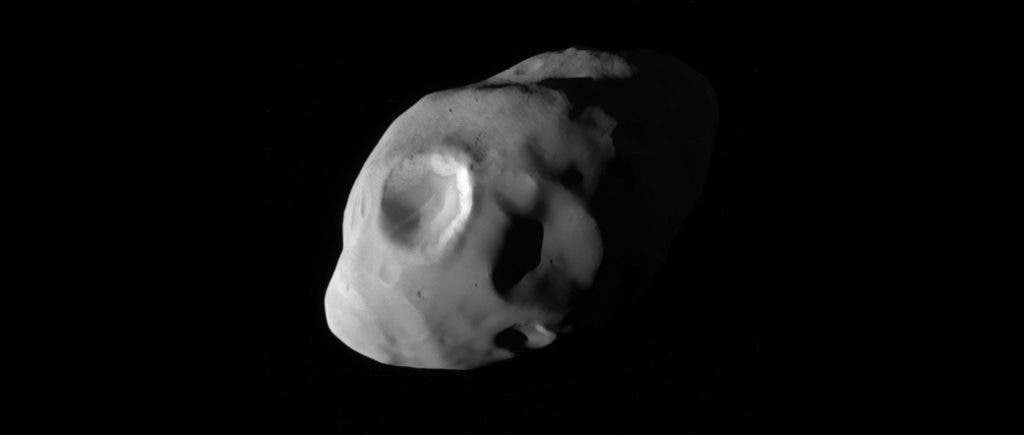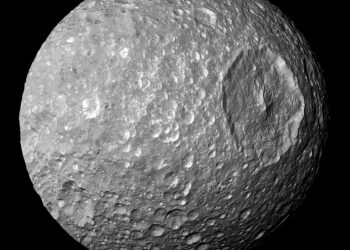After twenty years in space, thirteen of which orbiting Saturn and its moons, the enduring Cassini spacecraft finally met its end on September 15, 2017. The trove of images and scientific data it beamed back, however, will keep scientists busy and the general public entertaining for many more years to come. For instance, NASA spoils us with this amazing shot of Saturn and its icy rings — one of the most spectacular we’ve seen so far.

The photo was taken just a month before the spacecraft made a suicide plunge into Saturn’s atmosphere. At the time, Cassini was a staggering 600,000 km away from the planet, which, even so, still looks enormous.
Saturn has four main groups of rings and three fainter, narrower ring groups, separated by gaps called divisions. Each ring group is made up of thousands of smaller rings made of ice and debris, in some places no thicker than a few meters. In between Saturn’s cloud tops and the innermost D ring, the spacecraft passed through 22 times before it ended its mission. Before Cassini’s plunges were routed, scientists spent countless hours analyzing such images in search for debris that might prove hazardous to the spacecraft.
Remarkably, besides Saturn and some of its ring groups, the image also features an outlier: Saturn’s moon Pandora. Discovered in October 1980 by Voyager 1, the potato-shaped moon has 25.3 miles (40.7 km) mean radius. In this particular image, seen in the top-right corner, it barely measures more than a single pixel.
The image was taken in green light with the spacecraft’s wide-angle camera. To increase visibility, Pandora was brightened by a factor of 2.

Over the course of its long mission, Cassini’s achievements were legion. Besides landing a probe on Titan, a methane-filled world similar to the early days of Earth before life evolved, Cassini made the most planetary flybys of any spacecraft — over 100. Before arriving in Saturn’s orbit, Cassini circled Earth, Venus, and Jupiter.






